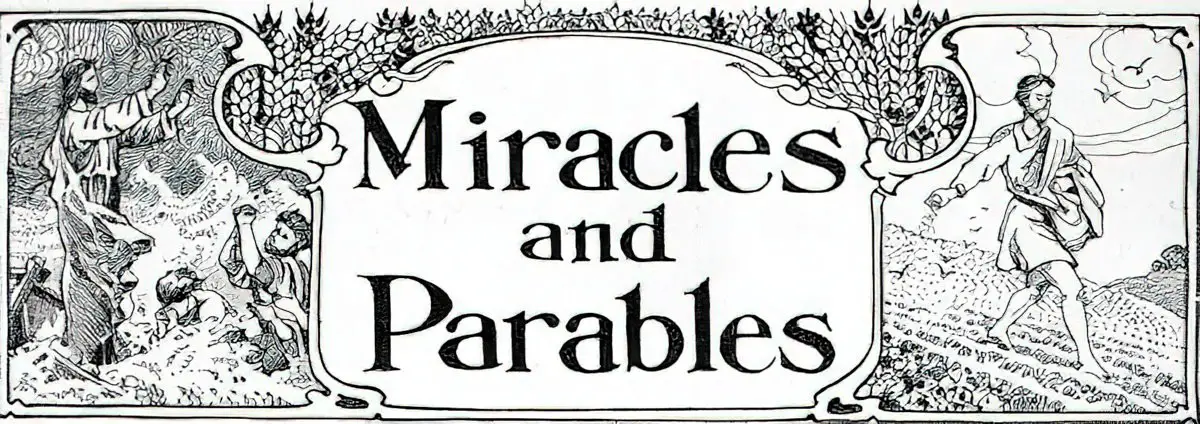A parable is a succinct, didactic story, in prose or verse, which illustrates one or more instructive lessons or principles.
Fables are different. Fables feature animals, plants, inanimate objects, or forces of nature as characters, whereas parables have human characters.
A parable is a type of analogy. Analogies are short narratives comparing one thing to something else.
Allegories are a more general category of narrative and can sometimes be harder to interpret than parables, with several possible meanings (though not nearly so many possible meanings as symbols).
Like a parable, the allegory is highly metaphorical. But the parable is more condensed.
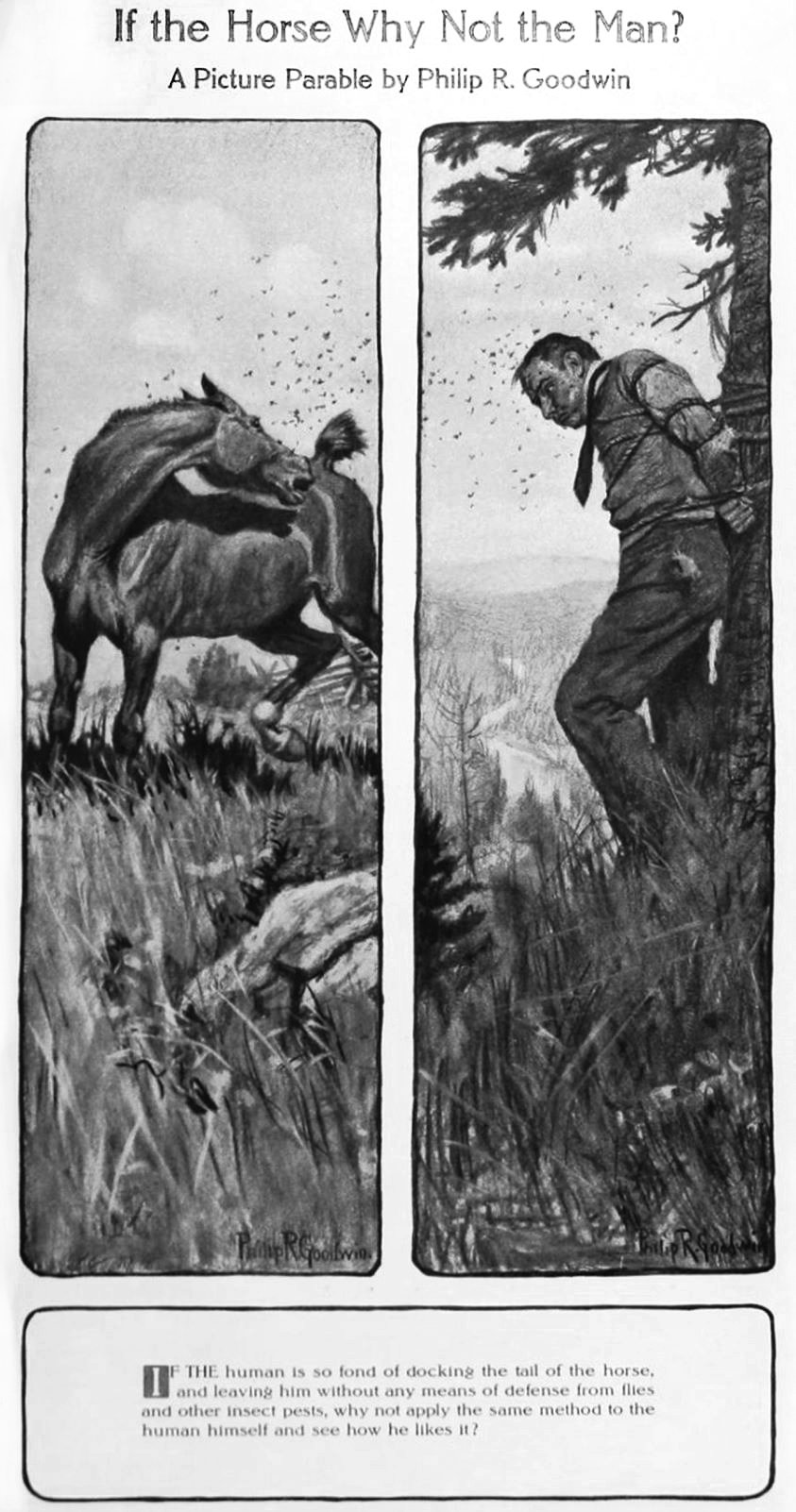
Raison d’être
The parable illustrates a simple truth for teaching purposes.
Features Of A Parable
- Simple story structure
- Sketches setting, describes action, shows the results
- The main character faces a moral dilemma, makes a bad decision then suffers the unintended consequences
- The moral of a parable is not always stated outright but is nevertheless meant to be straightforward and obvious.
- The parable is like a metaphor in that it uses concrete, perceptible phenomena to illustrate abstract ideas. A parable is a metaphor extended to the length of a complete (but short) narrative.
- Parables don’t exist to explore outliers, chosen people and exceptions. These stories aren’t about unusual people in ordinary circumstances; the main character will stand in for a fairly common sort of viewpoint that the author is critiquing by writing the story.
Examples
Perhaps the most famous are the Parables of Jesus, found in all the canonical gospels. These are the parables which form the foundation and structure of all parables in the West.
- Parable of the Leaven — about a woman baking bread
- Parable of the Friend at Night — a man knocks on his neighbour’s door at night
- Parable of the Good Samaritan — the aftermath of a roadside mugging
The parables in the Bible teach readers to pray and the meaning of love.
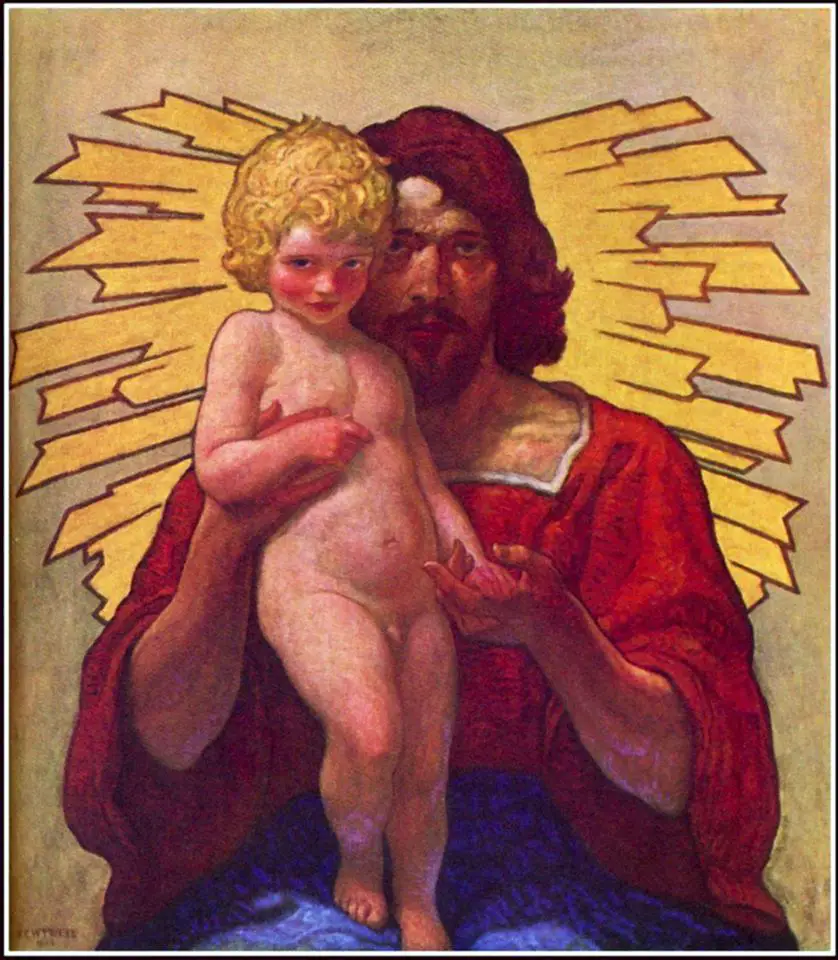
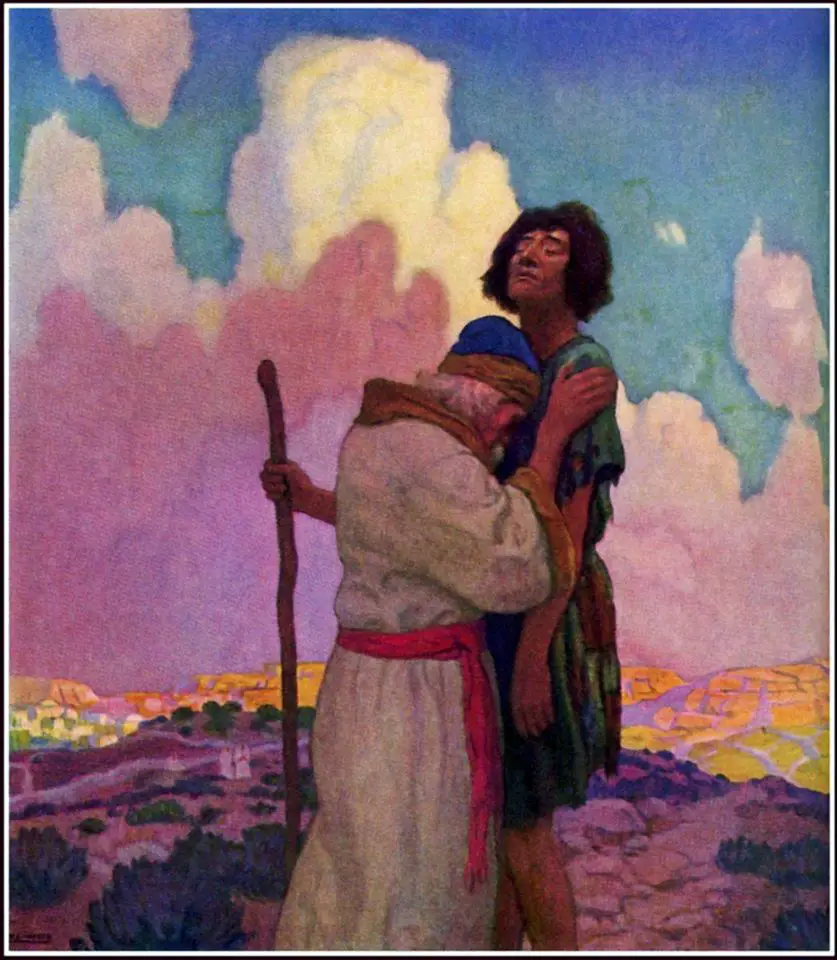
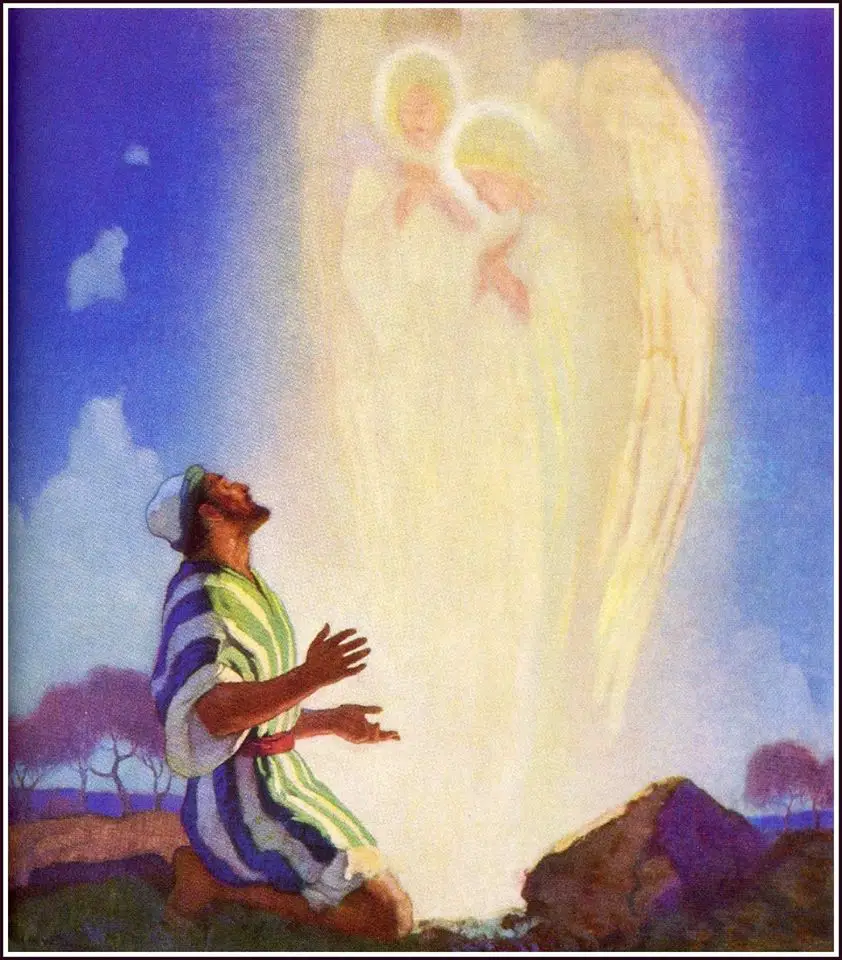
A Christmas Carol by Charles Dickens — This novel is a criticism of the widely held political idea at the time that if we were to support the poor by providing them with food then they’d just procreate in greater numbers and produce even more poor people that the rich will have to keep feeding and feeding. (This idea still hasn’t died, even today.)
Mrs Gatty’s Parables
Margaret Gatty was an English woman who edited Aunt Judy’s Magazine1866-73 and who wrote Parables From Nature, which, as you might expect, were parables for children, inspired by nature.
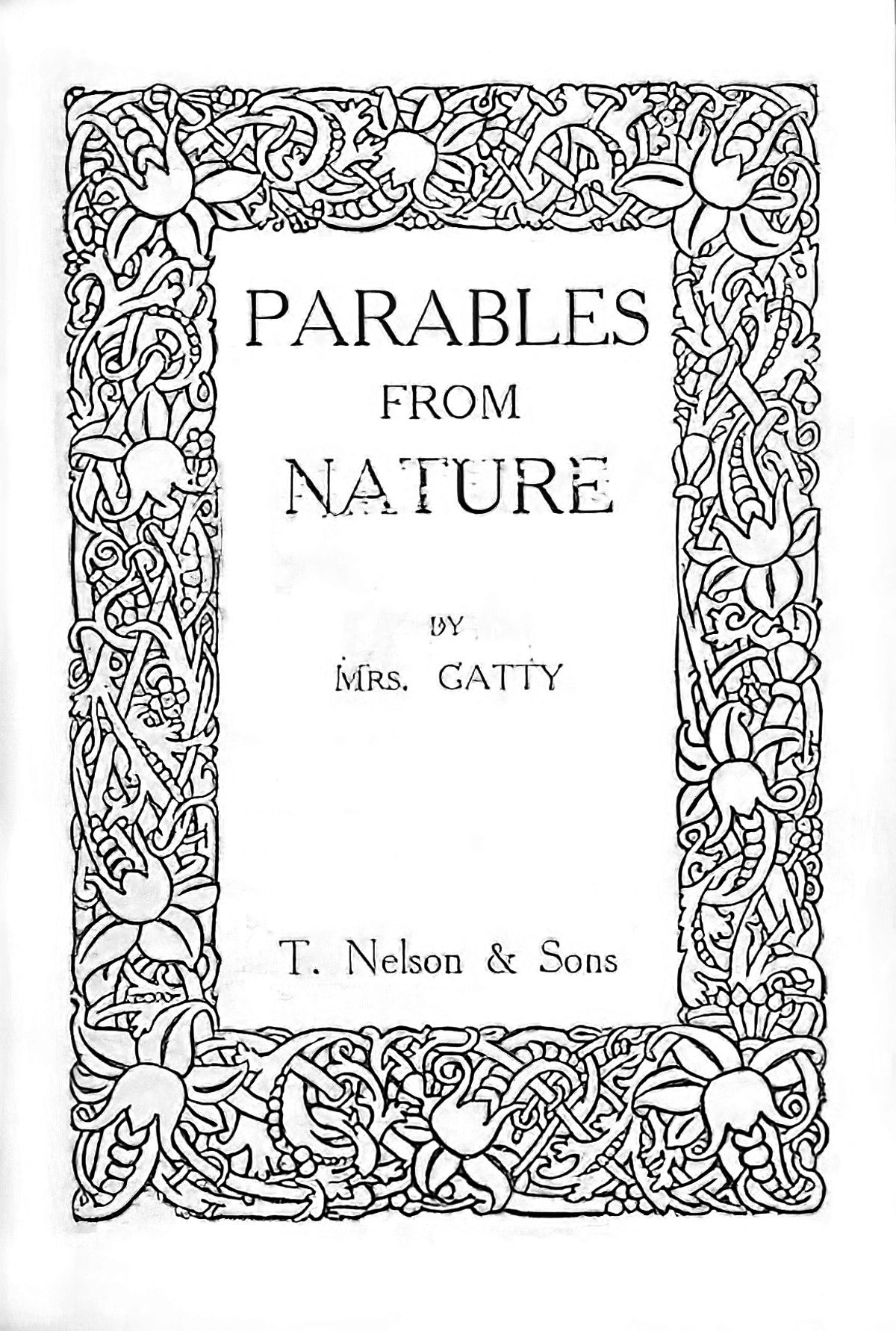
Mrs Gatty was a great admirer of The Water Babies, which is itself a lot like her Parables from Nature but enlarged and given a continuous plot.
Mrs Gatty’s most interesting parable is that comic delight ‘Inferior Animals’, … the satire is almost as sophisticated as that of Swift. The rooks are holding a counsel. The subject is Man. The meeting is addressed tin turn by those learned authorities Mr Ravenwing, Mr Yellowhead, Mr Greylegs. ‘Why Man?’ says Mr Ravenwing, sounding like a religious programme on television. ‘One of the most puzzling whys in connection with Man is, why he wears clothes?’ The birds decide that clothes are probably vestigial feathers, or that Man, having either lost or not yet evolved feathers, is trying to reproduce them artificially, to become, in fact, a Rook. Further proof is supplied (in this coal-using and mining era) by his efforts to attain his original colour — black. Another proof of his need to resume his original life in trees is his continued effort to soar in the air — by balloon. The rooks debate Man as a fallen Rook, arguing delightfully from data, drawing all the wrong conclusions with invincible superiority.
Margaret Blount, Animal Land
SEE ALSO
The Story Structure of a Miracle Story
